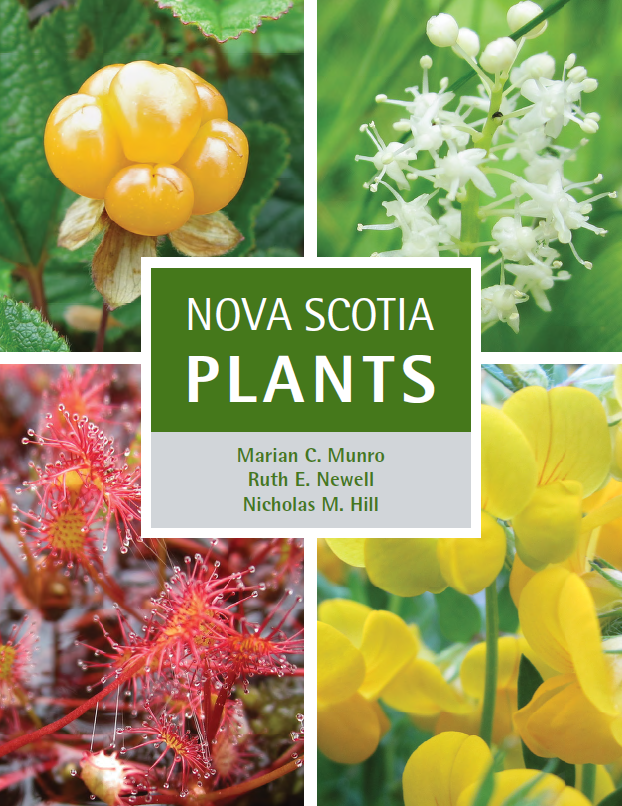Nova Scotia Plants - Introduction
Keywords:
acknowledgements, history of plant study, phytobiogeography, floral elements, floral provinces, introductionsAbstract
Authors Marian C. Munro, Ruth E. Newell and Nicholas M. Hill provide a comprehensive catalogue of Nova Scotia‘s flora. Illustrated with GIS-generated distribution maps and full-colour photographs, these colleagues and friends offer a series of identification keys, a glossary, discussion of plant communities and a history to botanical study in the province.
Many people have contributed to the exploration and documentation of Nova Scotia‘s wild flora over the last two centuries, either by collecting plant specimens for herbaria, creating herbaria and/or by writing papers or floras. The contributions of only a few are described below. It should be noted that contributors to our knowledge of the flora of Nova Scotia are not limited to professional botanists but have included naturalists, amateur botanists, students or anyone with an interest in our wild flora. Herbarium curators welcome observations on or documented specimens of wild plant species from the general public.
Nova Scotia is a peninsula, nearly a collection of islands, whose long axis parallels eastern North America. The climates and the vegetation of the province are markedly different from its southern tip at the latitude of southern Maine to its northern tip in line with northern New Brunswick. The southern flora of the tri-counties—Yarmouth, Digby and Queens—contains more than a hundred species of a "flora" whose main range occurs on the unglaciated Atlantic Coastal Plain of the eastern United States. The flora in the two counties that form the northern tip of Cape Breton includes arctic-alpine plants and disjunct populations of wide-ranging boreal species. So the Coastal Plain and the Arctic-Alpine represent the two extremes of biogeographic origin present in our flora. They include many of the rarest and at risk plants in the province. Other elements in our flora are descibed based on habitat preferences. Introduced plants stand out as simply not being from around here since they include plants of a diversity of origins.
The project took seven years to complete and involved academics, resource managers, GIS technicians, and students. Nearly 30 photographers were crowd-sourced and generously allowed use of their images of more than 1500 species of ferns and relatives, conifers, and flowering plants.


